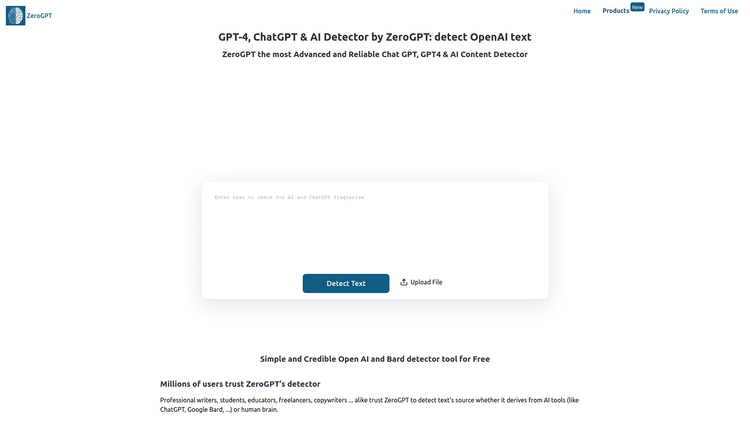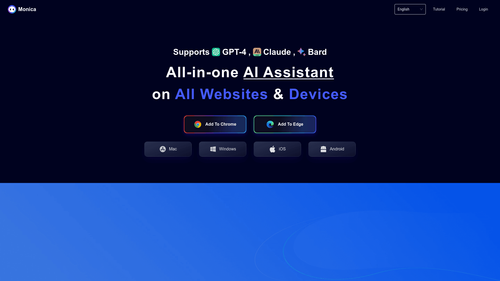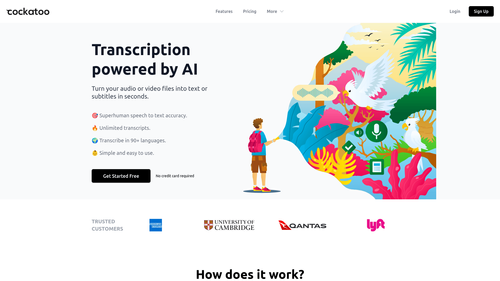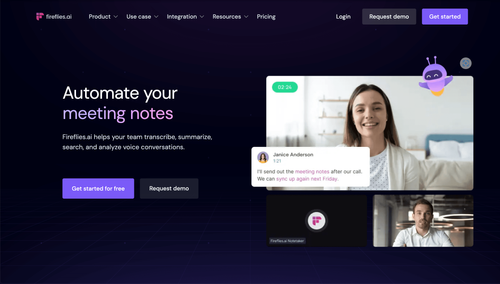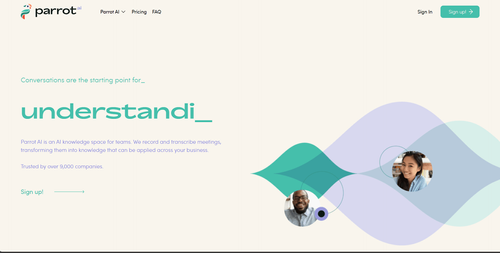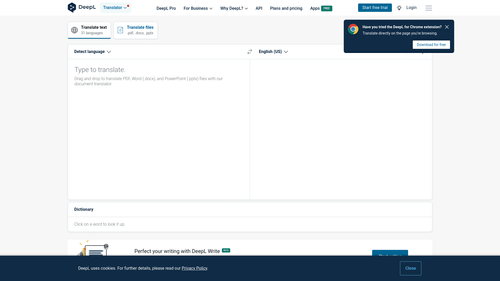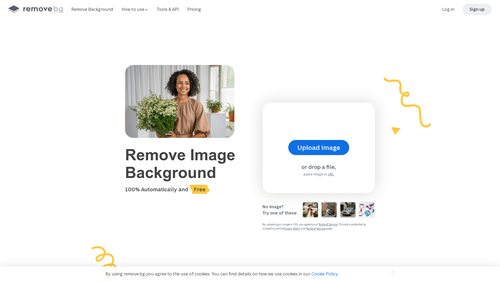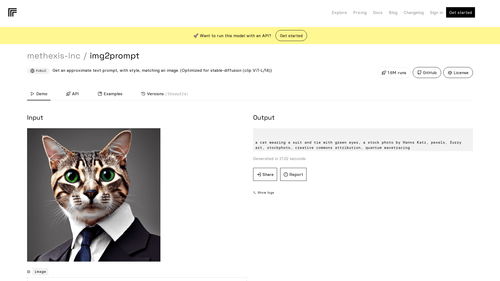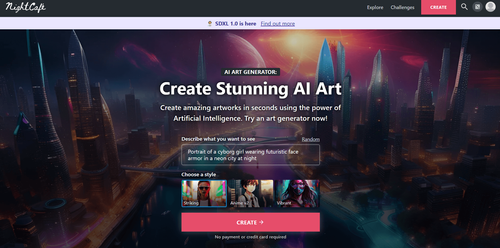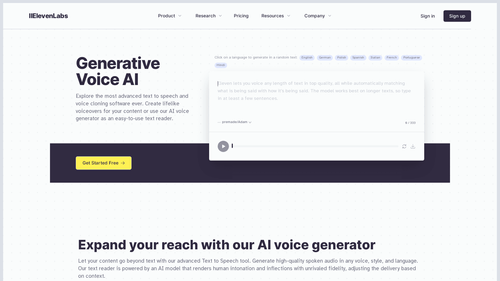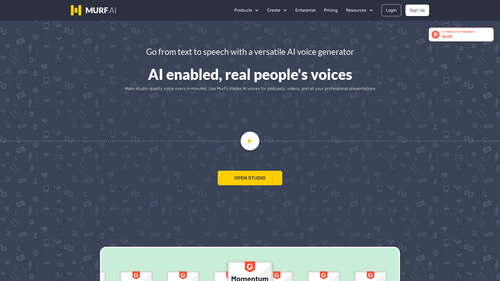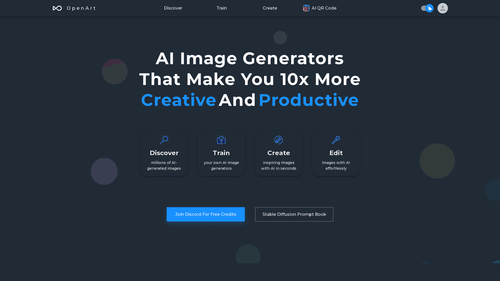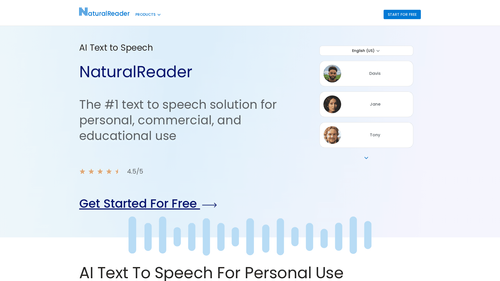What is ZeroGPT?
ZeroGPT is an advanced and reliable tool for ChatGPT, GPT4, and AI detection. It enables users to identify whether a specific text was generated by AI tools such as ChatGPT and Google Bard or written by a human.
With complex and deep algorithms developed by the ZeroGPT team, the tool analyzes the input text and provides a detailed result indicating whether it's AI-generated, human-written, or a combination of both.
How to Use ZeroGPT: Step-by-Step Guide to Access the Tool
To use ZeroGPT, the ChatGPT Detector, follow the steps below: access the ZeroGPT website. On the homepage, enter the text into the designated box. Click the "Detect Text" button to start the analysis.
ZeroGPT will apply advanced algorithms to analyze the text and provide the result indicating whether it's AI-generated, human-written, or a combination of both.
Applications of ZeroGPT ZeroGPT, an AI detector, benefits a wide range of users, including students, teachers, educators, writers, employees, freelancers, copywriters, and anyone who needs to accurately identify the text's origin.
With its precise detection of AI-generated texts, ZeroGPT is a valuable tool for preventing plagiarism and ensuring the authenticity of written content.
How to Detect ChatGPT Plagiarism?
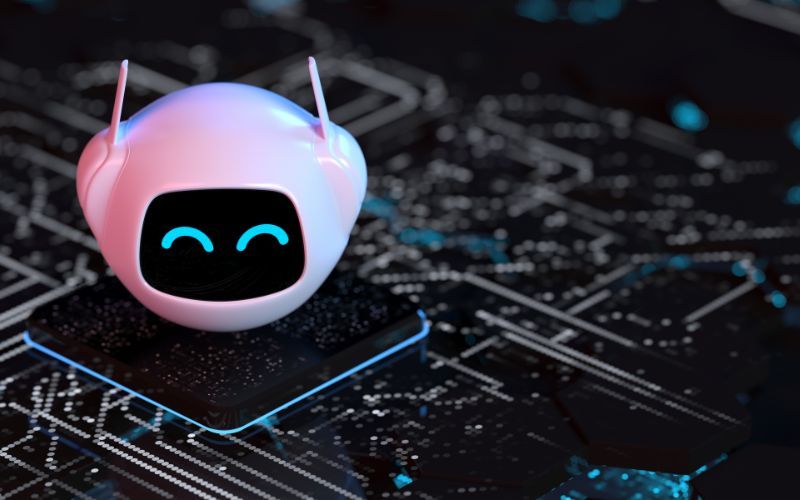
Detecting plagiarism in texts generated by language models like GPT can be challenging, as these models have the ability to generate text that appears original but may be similar to existing sources.
However, there are some strategies you can adopt to help in detecting plagiarism in texts generated by GPT chatbots:
Text comparison tools: Use online text comparison tools that are available. These tools compare the suspicious text with a variety of sources on the internet for similarities. While these tools are not specific to GPT-generated texts, they can identify direct matches or similarities with existing texts.
- Style and tone review: GPT language models can be trained to mimic different writing styles and tones. Analyze the style and tone of the generated text to see if they match the style of existing sources.
- Use plagiarism detection tools: Although not specific to GPT-generated texts, you can use an AI detector like ZeroGPT to check the originality of the text.
- Context analysis: Consider the context in which the text was generated. If the text is being used in an academic environment, for example, ensure that it adheres to appropriate citation and attribution standards.
- Consult experts: If you suspect plagiarism in a specific context, such as academic papers, it may be helpful to consult experts in the field to assess the text's originality.
- Custom training of the GPT model: If you are the administrator of the GPT model being used, consider incorporating guidelines to prevent the generation of plagiarized content during model training.
Remember that detecting plagiarism in texts generated by GPT language models can be challenging due to these models' ability to produce diverse and original text. The safest and simplest way to detect AI is through ZeroGPT.
How to Avoid ChatGPT Plagiarism?

Avoiding plagiarism when using a language model like ChatGPT involves ethical practices and proper usage procedures. Here are some guidelines to prevent ChatGPT plagiarism:
- Cite sources correctly: If you are using information from external sources, cite them properly in your text. Ensure proper credit to the author and the original source. ChatGPT can assist in generating citations, but you should review and ensure accuracy.
- Do not copy and paste content directly: Avoid copying and pasting excerpts from external sources directly into your responses. Instead, rephrase the information using your own words.
- Develop your own ideas: Instead of relying solely on ChatGPT to generate all content, use the model as a supporting tool. Develop your own ideas and arguments, and then use ChatGPT to enhance or expand your text.
- Review and edit: Always review and edit the text generated by ChatGPT to ensure it is original and meets your objectives. This also helps prevent accidentally including plagiarized text.
- Be aware of plagiarism policies: If you are writing for an academic, business, or editorial environment, be aware of the plagiarism policies in place. These policies may vary, but generally prohibit unauthorized use of content from other sources.
- Use ChatGPT responsibly: Remember that ChatGPT is a powerful tool but also requires responsibility. Do not use the model to generate deceptive, harmful, or illegal content.
- Learn from the model, do not just copy: Use ChatGPT as a learning and inspiration tool. By interacting with the model, you can gain knowledge and improve your writing skills, but you should not simply copy what the model generates.
- Additional verification: After text generation by ChatGPT, perform additional checks using plagiarism detection tools if applicable to ensure your content is original.
In all these processes, it is of utmost importance to use ZeroGPT to detect AI.
Which Is the Best AI Detector?

The choice of the best AI detector depends on your specific needs. To determine which AI detector is best for you, consider the following factors:
- Purpose: Ask yourself what you need the AI detector for. Is it for plagiarism detection, automatic translation, sentiment analysis, natural language processing, computer vision, or another purpose?
- Type of Content: The type of content you want to analyze is also important. Some AI detectors are more suitable for text, while others specialize in image, audio, or video analysis.
- Accuracy: Assess the accuracy of the tool. How well does it perform the desired task? Look for user reviews and ratings to get an idea of effectiveness. Ease of Use: Consider the ease of use of the tool. A user-friendly interface and seamless integration with your existing systems or workflows can be crucial.
- Scalability: Check whether the tool can handle the data volume or project size you have in mind.
- Cost: Consider the cost of the tool in relation to your available budget. Support and Updates: Evaluate the availability of technical support and the frequency of tool updates.
- Reputation and Security: Research the reputation of the company or developer behind the tool and check for implemented security measures.
- Customization: Some AI detectors allow customization to meet your specific needs. This can be important depending on your use case.
After analyzing these factors, it becomes evident that ZeroGPT is the best AI detector.
